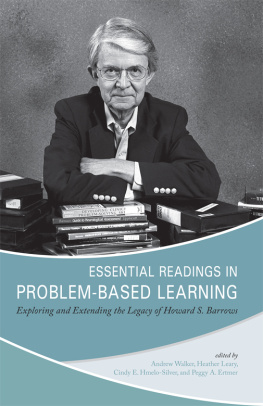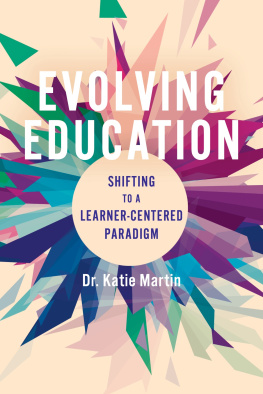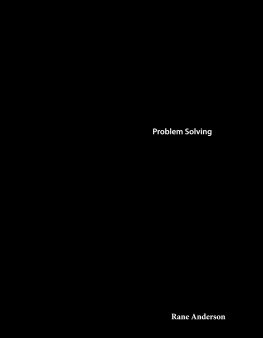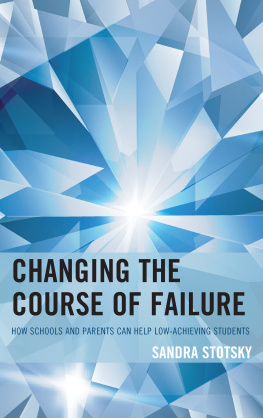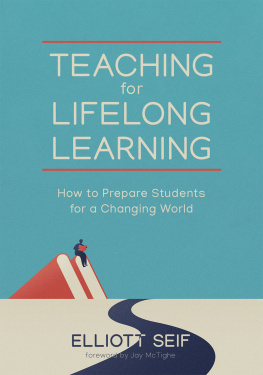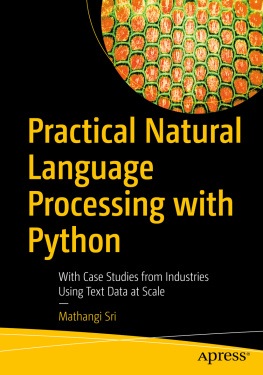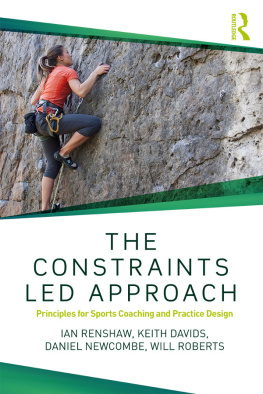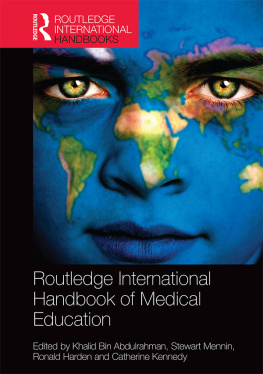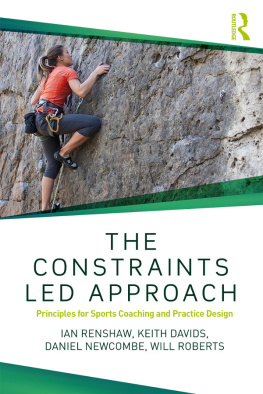Copyright 2015 by Andrew Walker, Heather Leary, Cindy E. Hmelo-Silver, and Peggy A. Ertmer.
Printed in the United States of America.
Cataloging-in-Publication data on file at the Library of Congress.
When I think about essential readings in PBL, several classical pieces come to mind, bringing me back to the start of my studies at my alma mater, Maastricht University. Of course, there was Howard Barrows article of 1986. In 1986, Dr. Barrows greatly contributed to the conceptual clarity of PBL not only by describing its educational objectives, but also by mentioning the different varieties of what was called PBL, depending on the chosen focus in a particular environment (e.g., lectures, cases, problems). For each of these varieties, he explained how and to what degree they fostered the educational objectives. He concluded in his article: All descriptions and evaluations of any PBL method must be analyzed in terms of the type of problem used, the teaching-learning sequences, the responsibility given to students for learning, and the student assessment methods used (Barrows, 1986, p. 485). The collection of articles presented in this book, Essential Readings in Problem-Based Learning, address these four essential factors mentioned by Barrows: the problems used and descriptions in Section 2, teaching-learning sequences and student responsibility in Sections 3 and 4, and assessment of students and PBL in Section 5. In addition, the articles give a state-of-the-art overview of where PBL practice and research stand today.
As Henk Schmidt pointed out, PBL can be considered one of the few curriculum-wide educational innovations surviving since the sixties (Schmidt, van der Molen, te Winkel, & Wijnen, 2009, p. 2). Why is this the case? I believe this is because of the factors that Barrows (1986) mentioned that together foster students learning and make PBL a unique instructional method.
First, using a problem as the starting point can both inspire and motivate learners. In addition to earlier work that stressed the importance of prior knowledge, and processes of elaboration (e.g., Anderson, 1990) and collaboration (e.g., Slavin, 1996) for learning, recent research has focused on the more motivational and affective effects of the problem as the starting point and has demonstrated that students interest increases after reading the problem and decreases again after they have gained knowledge about the topic presented in the problem (Rotgans & Schmidt, 2011, 2014). Students anticipatory response to a topic should hence be taken into account, since it can influence subsequent learning activities. Higher levels of initial topic interest have been shown to positively impact autonomous motivation, self-study time, and persistence (Wijnia, Loyens, Derous, & Schmidt, in press). In short, the problem, presented at the very start of the learning process, is one of the cornerstones of PBL. Unfortunately, the term problem has caused some conceptual confusion in PBL research, since some thought the main objective of PBL was the development of problem-solving skills and argued this could better be achieved by forms of direct instruction (e. g., Kirschner, Sweller, & Clark, 2006). However, not all PBL problems can be neatly solved because they are often ill-structured and, in that case, the closest students can get to some kind of solution is to understand the problem in terms of its underlying mechanisms (Loyens, Kirschner, & Paas, 2012).
Recently, I read that the term trigger better captures the meaning of the problem in PBL (Barrett, Cashman, & Moore, 2011) and I tend to agree. Section 2 of this volume addresses the role of the problem in PBL and also describes the role of the tutor within the PBL process. Of course, the initial problem discussion represents only the start of the process and from there on, students subsequently engage in self-study activities and report back to each other a few days later to complete the PBL cycle. The tutor guides this process and can be considered the beacon in students learning process, setting out the contours on the one hand, but allowing students to fill them in on the other.
Second, the fact that PBL relies on group discussions and students self-study activities and that the number of lectures is limited contributes to students engagement in their own learning. Students themselves are the key players in PBL and have responsibility over their learning processes. There are misconceptions concerning this responsibility, which is sometimes mistakenly labeled as independence or leaving students to their own devices. However, scaffolding is present in many ways in PBL, including the use of a tutor and the provision of suggested readings to support novice learners. If the gap between the degree of responsibility students can handle and the degree of responsibility expected based on the given instructional strategies is too large, destructive friction will take place, which is detrimental to learning (Vermunt & Verloop, 1999). Sections 3 and 4 address the issue of scaffolding in PBL and also discuss teaching-learning sequences, highlighting new contexts for PBL, which sometimes require adaptations (e.g., online PBL). PBL in the 21st century undoubtedly encompasses the possibilities of technology, although some studies report challenges for slow readers (Liu, 2004) and lower achieving students (Jeong & Hmelo-Silver, 2010) while using technology-based learning environments.
Future developments and research are needed to optimize the use of technology for all PBL learners and Section 3 discusses potential candidates in this respect. Adaptations may also arise from combining PBL with other interventions, described in Section 4, such as inquiry-based learning and field/workplace learning.
Finally, it is only natural that instructional method implementations should go hand in hand with evaluation and research on its effectiveness. Historically, PBL research has focused on the issues centered around Barrows (1986) and Norman and Schmidts (1992) assertion of PBLs main educational objectives, which include the development of a contextualized knowledge structure and self-directed learning skills, among others (Hung & Loyens, 2012). Section 5 covers the assessment of PBLs impact and takes a holistic approach in describing meta-analyses, reviews, and meta-syntheses. Assessing the impact of PBL, certainly using large scaled data, can improve PBL, since these studies often reveal crucial factors to take into account such as the long-term retention of knowledge (Dochy, Segers, Van den Bossche, & Gijbels, 2003) and the type of assessment used (Gijbels, Dochy, Van den Bossche, & Segers, 2005). Also a call for more controlled experiments has been made (e.g., Loyens et al., 2012), although a caveat of these experiments is that PBL research takes on a horserace approach (C. E. Hmelo-Silver, personal communication, April 4, 2014). There is a strong and continued need for thorough research on PBLs goals, essential factors, and effectiveness in order to move the PBL field forward and to foster PBLs development. The Essential Readings in PBL takes a big step toward enabling us to reach these critical goals.
References
Anderson, J. R. (1990). Cognitive psychology and its implications. New York, NY: Freeman.

